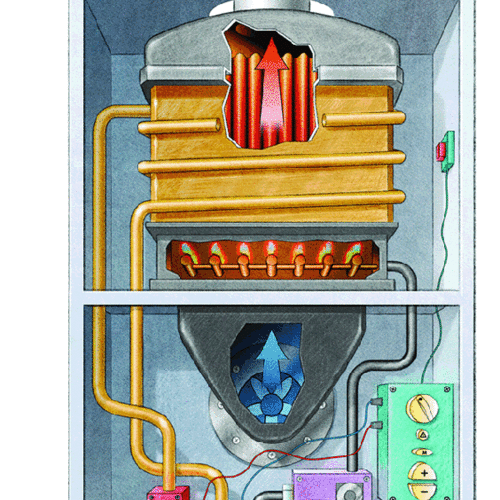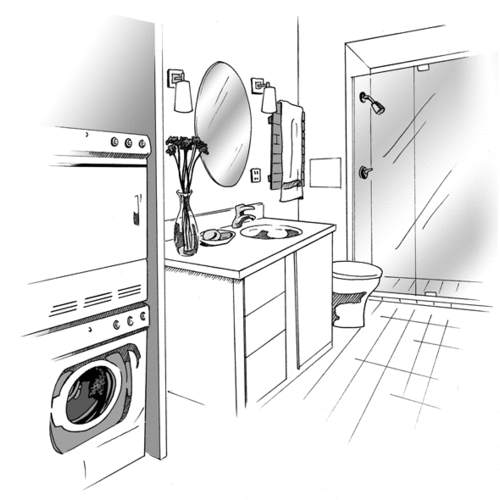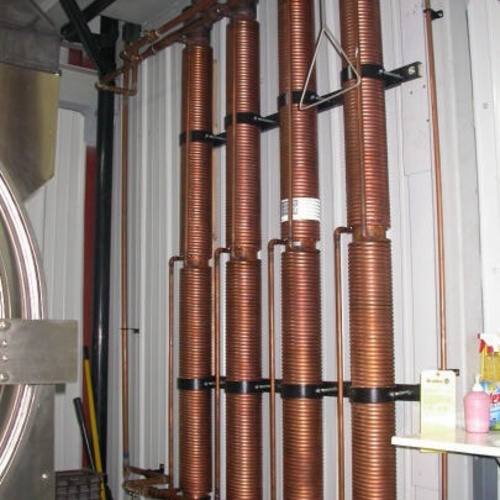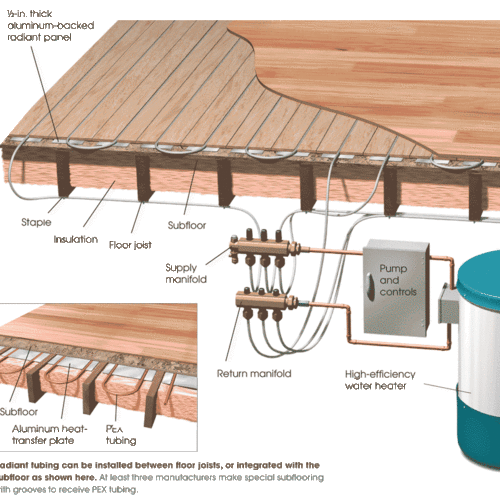
This article is only available to GBA Prime Members
Sign up for a free trial and get instant access to this article as well as GBA’s complete library of premium articles and construction details.
Start Free TrialAlready a member? Log in
The complete source for building, designing, and remodeling green homes

Sign up for a free trial and get instant access to this article as well as GBA’s complete library of premium articles and construction details.
Start Free TrialAlready a member? Log in
Get building science and energy efficiency advice, plus special offers, in your inbox.




Do you really want to delete the list, ?
This won't delete the articles you've saved, just the list.
This feature has been temporarily disabled during the beta site preview.
One Comment
Optimizing Hot Water Circulation
Can an existing hot water circulation system be optimized to minimize energy costs / resources? Yes. Most systems install a pump at the water heater and consist of a pump, thermostat and timer. Enhancing controllability offers opportunities for owners to reduce energy waste and the impact of the environment. Examples might include; allowing homeowners to choose their comfort temperature, ability to operate their system in on-demand mode vs less efficient scheduled mode and relocating thermostatic sensors nearest to last hot water load on a circulation loop.
Optimizing a pre-existing hot water circulator through greater control has obvious benefits. Anyone interested in optimizing an existring system consider incorporating a Thermal Logic Controller TLC-X1 hot water circulation optimizer recently released by TDT Inc. http://www.redytemp.com/efficienthotwatercirculation.htm.
Log in or become a member to post a comment.
Sign up Log in